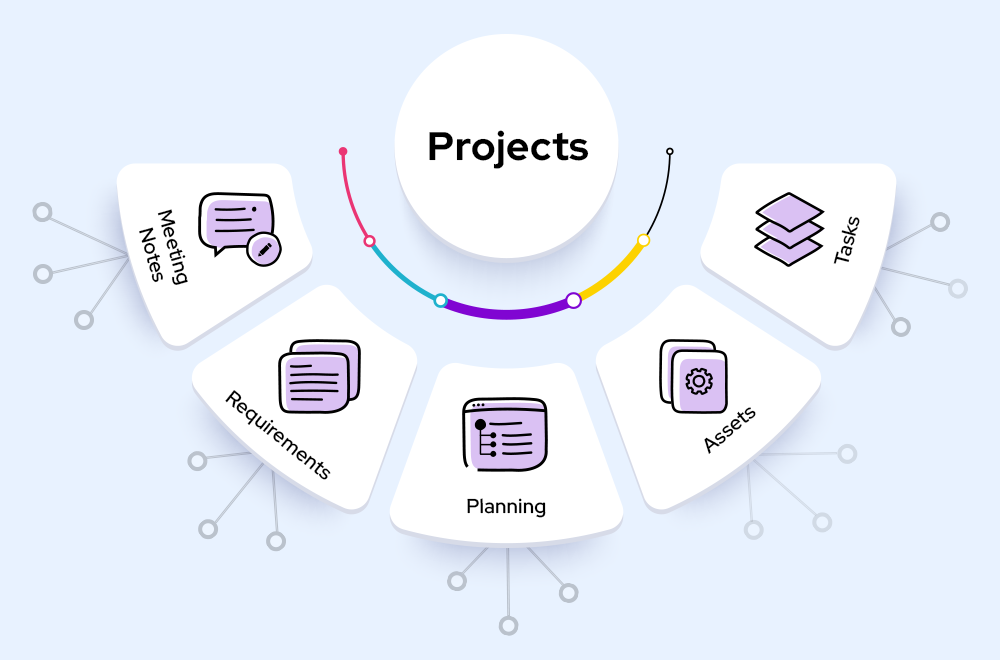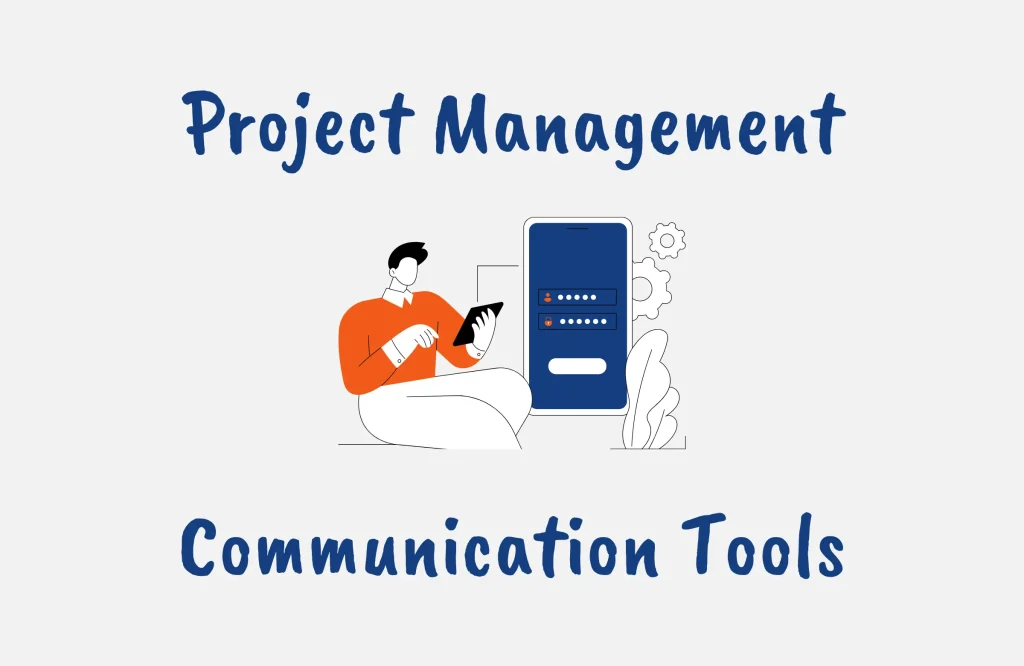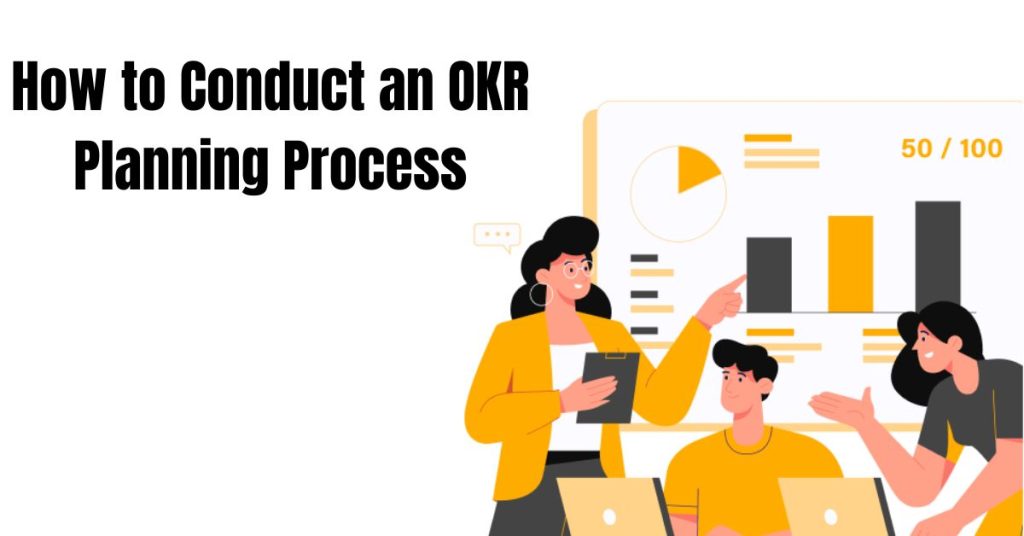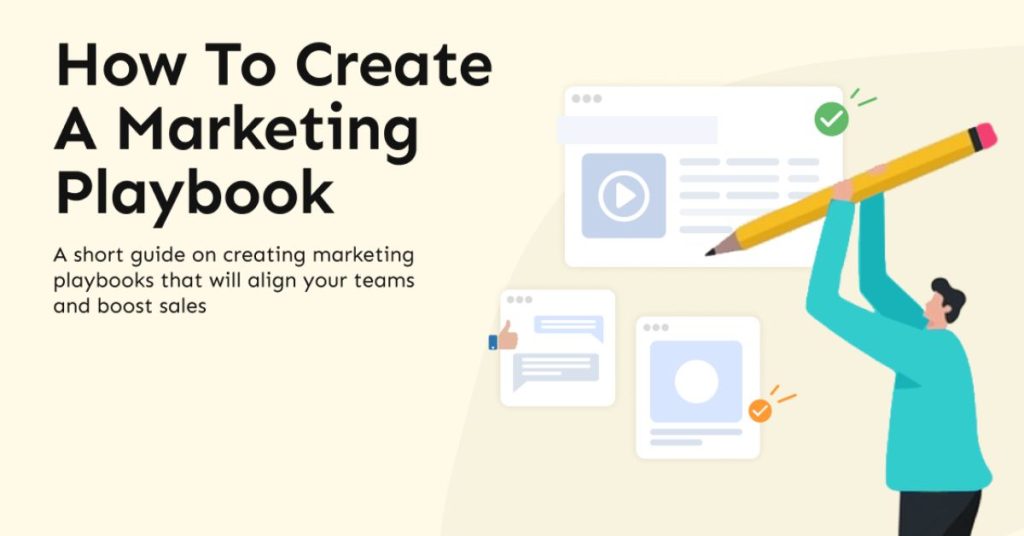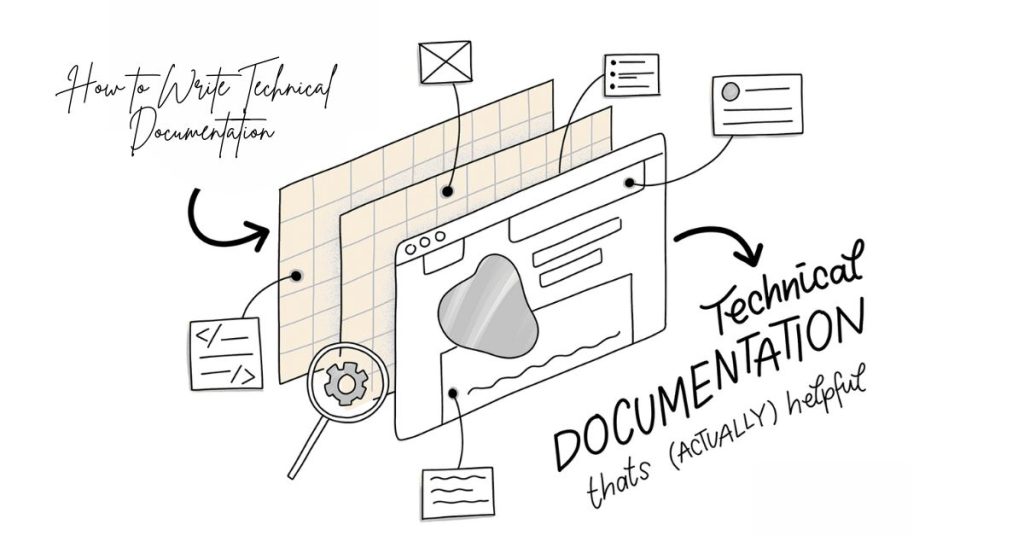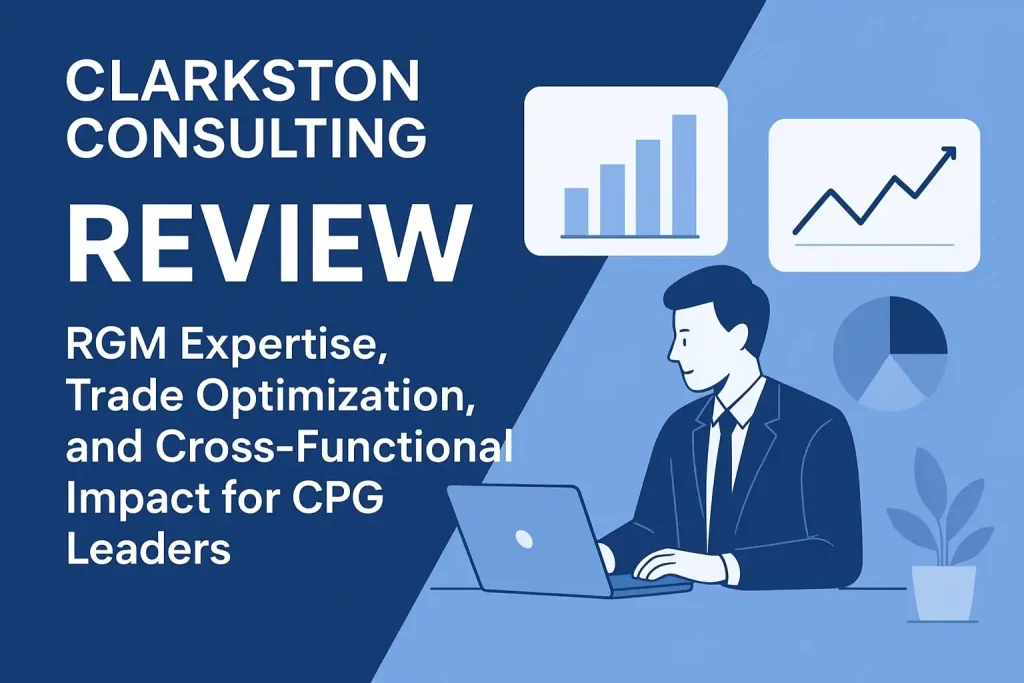In the realm of business, maintaining strong relationships with clients is paramount. It’s not just about providing a product or service; it’s about fostering trust, understanding, and mutual respect. This is where Client Relationship Management (CRM) comes into play. In this blog post, we’ll delve into the fundamentals of CRM and explore why building strong client partnerships is essential for business success.
Definition of Client Relationship Management (CRM)
Client Relationship Management, often abbreviated as CRM, is a strategy employed by businesses to manage interactions with current and potential clients. It involves utilizing technology, processes, and techniques to analyze customer data and improve business relationships, ultimately driving sales growth and enhancing customer satisfaction.
Importance of Building Strong Client Partnerships
Building strong client partnerships is the cornerstone of sustainable business growth. It goes beyond merely securing transactions; it’s about nurturing long-term relationships built on trust, communication, and value. Strong client partnerships lead to repeat business, referrals, and brand advocacy, all of which are vital for a thriving enterprise.
Understanding Client Needs
Understanding the needs of your clients is crucial for fostering strong relationships and delivering value. By gaining insight into their preferences, challenges, and objectives, you can tailor your products or services to meet their expectations effectively.
Importance of Understanding Client Needs
- Customization: Every client is unique, with specific requirements and preferences. Understanding their needs allows you to customize your offerings to suit their individual preferences, increasing satisfaction and loyalty.
- Value Proposition: By understanding what your clients truly need, you can position your products or services as solutions to their problems, thereby increasing their perceived value.
- Competitive Advantage: Organizations that prioritize understanding their clients’ needs gain a competitive edge. By delivering precisely what clients want, you differentiate yourself from competitors and build stronger, long-lasting relationships.
Techniques for Identifying Client Needs
To effectively understand your client’s needs, you can employ various techniques that facilitate open communication and gather valuable insights.
1. Active Listening
Active listening involves giving your full attention to what the client is saying, without interruption or distraction. It’s about empathizing with their perspective and understanding their underlying motivations. Key strategies for active listening include:
- Maintaining Eye Contact: Show the client that you’re fully engaged by maintaining eye contact throughout the conversation.
- Paraphrasing and Summarizing: Reflect on what the client has said, paraphrasing their words to ensure clarity and demonstrating your understanding.
- Asking Clarifying Questions: Seek clarification on any unclear points, ensuring that you have a comprehensive understanding of the client’s needs.
2. Asking the Right Questions
Asking insightful questions is essential for uncovering clients’ needs and preferences. By framing questions strategically, you can elicit valuable information that guides your approach. Consider the following approaches:
- Open-Ended Questions: Encourage clients to share their thoughts and feelings openly by asking questions that require more than a simple “yes” or “no” response.
- Probing Questions: Dive deeper into specific areas of interest or concern by asking follow-up questions that explore the client’s responses in greater detail.
- Hypothetical Scenarios: Present hypothetical scenarios or challenges to gauge how the client would respond, providing valuable insights into their priorities and preferences.
3. Conducting Surveys or Feedback Sessions
Surveys and feedback sessions provide structured opportunities for clients to share their opinions, experiences, and suggestions. By gathering feedback systematically, you can identify common themes and areas for improvement. Consider the following strategies:
- Online Surveys: Create online surveys using tools like Google Forms or SurveyMonkey to gather feedback from a broad audience quickly and efficiently.
- Focus Groups: Bring together a select group of clients for a facilitated discussion, allowing for in-depth exploration of their needs and preferences.
- Feedback Forms: Distribute feedback forms following interactions with clients, allowing them to provide input on their experience and any areas for improvement.
Communication Strategies for Effective Client Relationships
Effective communication lies at the heart of strong client relationships. Clear and transparent communication fosters trust, promotes understanding, and ensures alignment between clients and service providers. In this section, we’ll explore the importance of clear communication and provide practical tips for enhancing communication with clients.
Importance of Clear Communication
Clear communication is essential for several reasons:
- Building Trust: Transparent communication fosters trust and credibility between clients and service providers. When clients feel informed and involved, they are more likely to trust the recommendations and decisions made by the provider.
- Managing Expectations: Clear communication helps manage client expectations by ensuring they have a realistic understanding of what can be delivered and when. This reduces the likelihood of misunderstandings or disappointments down the line.
- Resolving Issues: Effective communication facilitates the timely resolution of issues or concerns. When clients feel comfortable expressing their feedback or raising concerns, it allows service providers to address them promptly and proactively.
Tips for Effective Communication with Clients
To enhance communication with clients, consider the following tips:
1. Regular Updates
Keeping clients informed about the progress of projects or initiatives is crucial for maintaining transparency and managing expectations. Schedule regular update meetings or send periodic progress reports to ensure clients are aware of developments and milestones. Key strategies for regular updates include:
- Establishing a Communication Schedule: Agree on a communication schedule with clients, outlining when updates will be provided and how they will be delivered (e.g., weekly meetings, monthly reports).
- Highlighting Achievements and Challenges: Share both successes and challenges with clients, demonstrating transparency and honesty in your communications.
- Seeking Feedback: Encourage clients to provide feedback on the progress of projects, allowing for adjustments or refinements as needed.
2. Transparency
Transparency is essential for building trust and credibility with clients. Be open and honest in your communications, providing clarity and context where necessary. Key strategies for transparency include:
- Sharing Relevant Information: Share relevant information with clients, including project timelines, budgets, and potential risks or challenges.
- Admitting Mistakes: If mistakes are made, acknowledge them openly and take responsibility for addressing them. Clients appreciate honesty and integrity, even when things don’t go as planned.
- Setting Realistic Expectations: Be upfront about what can realistically be achieved within the scope of the project or engagement. Avoid overpromising and underdelivering, as this can erode trust over time.
3. Tailoring Communication to Client Preferences
Understanding and respecting client preferences is key to effective communication. Tailor your communication style and delivery methods to align with their preferences and expectations. Key strategies for tailoring communication include:
- Understanding Communication Preferences: Ask clients how they prefer to communicate (e.g., email, phone calls, in-person meetings) and adapt your approach accordingly.
- Being Responsive: Respond promptly to client inquiries or messages, demonstrating attentiveness and commitment to their needs.
- Clarifying Expectations: Confirm understanding by summarizing key points or action items following discussions with clients, ensuring alignment and clarity.
Providing Value-added Services
Providing value-added services is a key strategy for strengthening client relationships and fostering loyalty. In this section, we’ll explore the importance of adding value to client relationships and discuss practical ways to deliver additional value beyond the core product or service offering.
Importance of Adding Value to Client Relationships
Adding value to client relationships is essential for several reasons:
- Differentiation: In today’s competitive marketplace, simply delivering a product or service may not be enough to stand out. Adding value sets you apart from competitors and demonstrates your commitment to the client’s success.
- Enhanced Satisfaction: Value-added services enhance the overall client experience, increasing satisfaction and loyalty. When clients feel that they are receiving additional benefits beyond the basic offering, they are more likely to remain loyal and advocate for your business.
- Long-term Partnerships: By consistently delivering value, you can cultivate long-term partnerships with clients. These relationships are built on trust, mutual respect, and a shared commitment to achieving goals, leading to sustained business growth.
Ways to Provide Value-added Services
To provide value-added services effectively, consider the following strategies:
1. Offering Expert Advice or Consultation
Position yourself as a trusted advisor by offering expert advice or consultation to clients. Share your knowledge and expertise to help them overcome challenges, seize opportunities, and achieve their objectives. Key strategies for offering expert advice include:
- Conducting Needs Assessments: Take the time to understand the client’s goals, challenges, and priorities through thorough needs assessments.
- Providing Customized Solutions: Tailor your advice and recommendations to meet the specific needs and circumstances of each client, rather than offering one-size-fits-all solutions.
- Continual Learning and Development: Stay updated on industry trends, best practices, and emerging technologies to ensure that your advice remains relevant and valuable to clients.
2. Providing Educational Resources
Empower clients with knowledge and insights by providing educational resources that help them grow and succeed. Whether through webinars, workshops, or informational content, educational resources can add significant value to client relationships. Key strategies for providing educational resources include:
- Creating Informative Content: Develop high-quality content, such as blog posts, whitepapers, or videos, that address common challenges or topics of interest to clients.
- Hosting Training Sessions: Offer training sessions or workshops to help clients develop new skills, optimize processes, or maximize the value of your products or services.
- Sharing Industry Insights: Keep clients informed about industry trends, market developments, and best practices through regular updates and newsletters.
3. Going Above and Beyond Expectations
Surprise and delight clients by exceeding their expectations and delivering exceptional service. Going above and beyond demonstrates your commitment to client satisfaction and fosters long-term loyalty. Key strategies for going above and beyond expectations include:
- Anticipating Needs: Proactively identify opportunities to add value or address potential challenges before they arise, demonstrating foresight and attentiveness.
- Personalizing Experiences: Tailor your interactions and offerings to reflect the unique preferences and priorities of each client, enhancing the overall experience.
- Soliciting Feedback: Regularly seek feedback from clients to identify areas for improvement and ensure that you are meeting their needs effectively.
Handling Client Feedback and Complaints
Handling client feedback and complaints effectively is essential for maintaining strong client relationships and fostering trust. In this section, we’ll explore the importance of addressing client feedback and discuss practical strategies for handling client complaints with professionalism and empathy.
Importance of Addressing Client Feedback
Addressing client feedback is critical for several reasons:
- Improving Satisfaction: Client feedback provides valuable insights into areas where you can improve products, services, or processes to better meet client needs and expectations.
- Maintaining Trust: Promptly addressing client feedback demonstrates that you value their input and are committed to addressing their concerns. This helps maintain trust and confidence in your brand or organization.
- Fostering Loyalty: When clients see that their feedback is taken seriously and acted upon, they are more likely to remain loyal and continue doing business with you in the future.
Strategies for Handling Client Complaints
When faced with client complaints, it’s essential to respond promptly, empathetically, and effectively. Here are some strategies for handling client complaints:
1. Prompt Response
Respond to client complaints as soon as possible, preferably within 24-48 hours. Prompt responses demonstrate that you take their concerns seriously and are committed to resolving them promptly. Key strategies for prompt response include:
- Acknowledge Receipt: Acknowledge receipt of the complaint promptly, confirming that you have received their message and are working to address their concerns.
- Set Expectations: Provide a timeline for when the client can expect a resolution to their complaint, keeping them informed throughout the process.
2. Apologizing and Taking Responsibility
Apologize sincerely for any inconvenience or dissatisfaction experienced by the client, and take responsibility for resolving the issue. Even if the complaint is not entirely justified, offering a genuine apology can help defuse tensions and demonstrate empathy. Key strategies for apologizing and taking responsibility include:
- Express Empathy: Demonstrate empathy and understanding for the client’s situation, acknowledging the impact that the issue has had on them.
- Accept Accountability: Take ownership of the problem, accepting responsibility for any mistakes or shortcomings on your part.
- Avoid Blame: Refrain from placing blame or making excuses, focusing instead on finding a solution and preventing similar issues from occurring in the future.
3. Offering Solutions or Compensation
Work collaboratively with the client to identify a satisfactory resolution to their complaint, offering solutions or compensations as appropriate. Key strategies for offering solutions or compensations include:
- Listen Actively: Listen actively to the client’s concerns and preferences, seeking to understand their desired outcome.
- Propose Solutions: Present potential solutions or options for resolving the issue, explaining the pros and cons of each.
- Compensate Fairly: If necessary, offer compensations such as refunds, discounts, or complimentary services to make amends for any inconvenience or dissatisfaction experienced by the client.
Building Trust and Credibility
Building trust and credibility is foundational to establishing strong client relationships. In this section, we’ll delve into the importance of trust in client relationships and explore practical strategies for building trust and credibility with your clients.
Importance of Trust in Client Relationships
Trust is the cornerstone of any successful client relationship. Without trust, clients may be hesitant to engage with your business or may seek out alternatives. Here’s why trust is so crucial:
- Relationship Stability: Trust creates a stable foundation for the relationship, allowing both parties to feel confident in their interactions and decisions.
- Open Communication: Trust encourages open and honest communication between you and your clients, facilitating collaboration and problem-solving.
- Client Loyalty: Clients are more likely to remain loyal to businesses they trust. Trust fosters loyalty and encourages clients to continue working with you over the long term.
Ways to Build Trust and Credibility
Building trust and credibility with your clients requires deliberate effort and consistency. Here are some effective strategies for achieving this:
1. Consistency
Consistency is key to building trust with your clients. Consistently meeting or exceeding their expectations helps demonstrate reliability and fosters confidence in your abilities. Key strategies for consistency include:
- Setting Clear Expectations: Establish clear expectations with your clients regarding deliverables, timelines, and communication channels.
- Follow-through: Follow through on your commitments and promises, delivering on time and to the agreed-upon standards.
- Maintaining Quality: Consistently deliver high-quality products or services that meet or exceed client expectations.
2. Honesty and Integrity
Honesty and integrity are fundamental to building trust with your clients. Being transparent and truthful in your interactions helps establish credibility and fosters goodwill. Key strategies for honesty and integrity include:
- Communicating Transparently: Be open and transparent in your communications with clients, providing honest feedback and information.
- Admitting Mistakes: If you make a mistake, own up to it and take steps to rectify the situation. Clients appreciate honesty and integrity, even when things don’t go as planned.
- Ethical Practices: Ethically conduct business, adhering to principles of fairness, honesty, and respect.
3. Delivering Results
Ultimately, delivering results is what builds trust and credibility with your clients. Consistently achieving positive outcomes demonstrates your competence and reliability. Key strategies for delivering results include:
- Setting Realistic Goals: Set achievable goals with your clients that align with their objectives and expectations.
- Measuring Performance: Regularly track and measure your performance against established goals, providing clients with evidence of progress and success.
- Continuous Improvement: Strive for continuous improvement in your products, services, and processes, always seeking ways to enhance value for your clients.
Managing Expectations
Managing client expectations is essential for fostering strong and successful client relationships. In this section, we’ll explore the importance of managing client expectations and discuss practical techniques for doing so effectively.
Importance of Managing Client Expectations
Managing client expectations is crucial for several reasons:
- Avoiding Misunderstandings: Clear expectations help prevent misunderstandings and ensure that both parties are on the same page regarding project scope, timelines, and deliverables.
- Building Trust: By managing expectations effectively, you demonstrate transparency and reliability, fostering trust and confidence in your abilities.
- Minimizing Disputes: When expectations are managed upfront, it reduces the likelihood of disputes or conflicts arising later in the project lifecycle.
Techniques for Managing Client Expectations
To manage client expectations effectively, consider the following techniques:
1. Setting Clear Expectations from the Start
Setting clear expectations from the outset is essential for aligning both parties’ understanding of the project scope, objectives, and deliverables. Key strategies for setting clear expectations include:
- Detailed Project Scope: Clearly define the project scope, including specific goals, deliverables, timelines, and any limitations or exclusions.
- Documented Agreements: Formalize agreements with clients through written contracts or statements of work, outlining all project details and expectations.
- Clarify Roles and Responsibilities: Clearly define the roles and responsibilities of both parties, ensuring everyone understands their contributions to the project.
2. Managing Scope Creep
Scope creep, or the gradual expansion of project scope beyond the initial agreement, can derail timelines and budgets if left unchecked. Managing scope creep requires proactive communication and vigilant oversight. Key strategies for managing scope creep include:
- Change Control Process: Establish a formal change control process that outlines how changes to the project scope will be evaluated, approved, and implemented.
- Regular Review Meetings: Schedule regular review meetings with clients to assess project progress and discuss any proposed changes to the scope.
- Prioritize Deliverables: Prioritize project deliverables based on their importance and impact, focusing resources on the most critical aspects of the project.
3. Regular Check-ins to Ensure Alignment
Regular check-ins with clients are essential for ensuring ongoing alignment and addressing any emerging issues or concerns promptly. Key strategies for regular check-ins include:
- Scheduled Meetings: Schedule regular meetings with clients to review project progress, discuss upcoming milestones, and address any questions or concerns.
- Open Communication Channels: Maintain open communication channels with clients, encouraging them to reach out with any questions or feedback as needed.
- Proactive Updates: Provide proactive updates to clients on project progress, highlighting achievements and flagging any potential risks or challenges.
Conclusion
Effective client relationship management hinges on the ability to manage expectations effectively. By setting clear expectations from the start, proactively managing scope creep, and maintaining regular check-ins with clients, you can foster trust, minimize misunderstandings, and ensure successful project outcomes. By prioritizing the management of client expectations, you lay the foundation for strong and enduring client partnerships that drive mutual success.



